
Soil Associations
0343c Elmton 3
Soil and site characteristics
Shallow well drained brashy calcareous fine loamy soils over limestone. Some deeper slowly permeable seasonally waterlogged, mainly calcareous, clayey soils.
Geology
Jurassic limestone and clay
Cropping and Land Use
Cereals, sugar beet and potatoes; winter cereals, stock rearing and dairying in the South West.
Component soil series
| Subgroup | Series name | Percentage | WRB 2006 link |
|---|---|---|---|
| 3.43 | ELMTON | 30% | Calcaric Leptosols |
| 7.12 | DENCHWORTH | 15% | Eutric Vertic Stagnosols |
| 5.11 | MORETON | 15% | Calcaric Endoleptic Cambisols |
| 4.11 | EVESHAM | 10% | Calcaric Stagnic Vertic Cambisols |
| 4.11 | HASELOR | 10% | Clayic Calcaric Endoskeletic Cambisols |
Covers 254 km2 in England and Wales
Soilscapes Classification
| 3 |
Shallow lime-rich soils over chalk or limestone |
0343c Elmton 3
Detailed Description
This association covers 214 km² and consists of shallow loamy and clayey soils over limestone and deeper slowly permeable clayey soils on clay-shale. The dominant Elmton soils are brown rendzinas and the ancillary soils include: Moreton series, brown calcareous earths; Haselor and Evesham series, both calcareous pelosols; and Denchworth series, pelo-stagnogley soils. These soils occur on the gently sloping Jurassic dipslope of Lincolnshire and, to a lesser extent, in Northamptonshire and Oxfordshire. Locally they are found on steeper valley sides where narrow alternating bands of limestone and clay-shale outcrop. The land is distinguished from other associations on Jurassic limestone by having mainly loamy rather than clayey shallow soils and many deep clayey soils. There are some associated Sherborne, Aberford, and Aswarby soils. The proportions of the constituent soils vary with landform and the relative proportions of limestone and clay beds. Elmton soils normally cover about one-third of the land. On dipslopes in Lincolnshire there are often isolated patches of oolitic or shelly limestone surrounded by clay-shale beds and here there are more Denchworth soils than usual. Aswarby soils commonly occur on the middle and lower dipslope where patches of thin limestone overlie clay. The long narrow valleys west of Bourne in south Lincolnshire have, as well as the usual series, clayey alluvial soils belonging to Fladbury and Thames series and locally, near patches of chalky till, loamy over clayey Wickham series in Head deposits on slope .
In Oxfordshire the interbedded limestone and clay beds of the Great Oolite Forest Marble give contrasting soils over short distances. In the Evenlode valley the soils occur on Lias clays overlain by cambered and slumped limestone debris from upslope. Fine sandy limestones within the Forest Marble in the west of Oxfordshire give a larger proportion of the fine loamy Aberford soils, and here Denchworth soils are slightly more common than elsewhere in Oxfordshire.
Soil Water Regime
The contrasting component soils differ markedly in water regime. Elmton and Moreton soils are well drained (Wetness Class I) but, in places, receive seepage or run-off water from adjacent Denchworth, Haselor and Evesham soils. Denchworth soils are seasonally waterlogged (Wetness Class III) and Haselor and Evesham soils experience some waterlogging in winter (Wetness Class II). The association accepts winter rainfall readily with little surface run-off but there is some lateral flow at shallow depth where clayey soils occur. The clayey soils respond to drainage but limestone at shallow depth in places makes mole draining and subsoiling difficult. Seepage water can cause local wetness on slopes. Most of the soils are moderately or slightly droughty for the main arable crops with Denchworth series having the largest reserves of available water. All the soils are very droughty for grass.
Cropping and Land Use
The loamy Elmton soils are easily worked and have ample opportunity for landwork in both autumn and spring in most years. Stones, however, can cause problems when harvesting root crops. The clayey Haselor, Evesham and Denchworth soils, particularly the latter, are much more difficult to work with little opportunity in spring. Thus autumn ploughing is essential and timing is critical. Although many fields are uniform some contain contrasting soils and here correct timing of cultivations is difficult to achieve. Cereals are the main crops with sugar beet and potatoes, the root crops usually being grown on the larger patches of Elmton series. The growing season for grass is short in Lincolnshire and the soils are unsuitable for intensive grassland. There is little poaching risk on the Elmton series but the associated clayey soils poach easily. On the Cotswolds the land is exposed and mainly under cereals.
0343c Elmton 3
Distribution Map
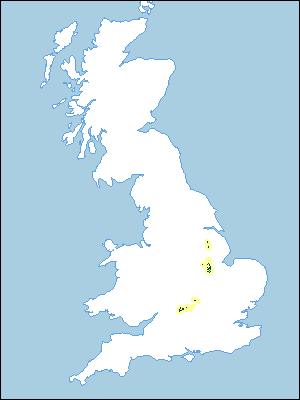 |
Note that the yellow shading represents a buffer to highlight the location of very small areas of the association.
Keys to component soil series
Eastern Region
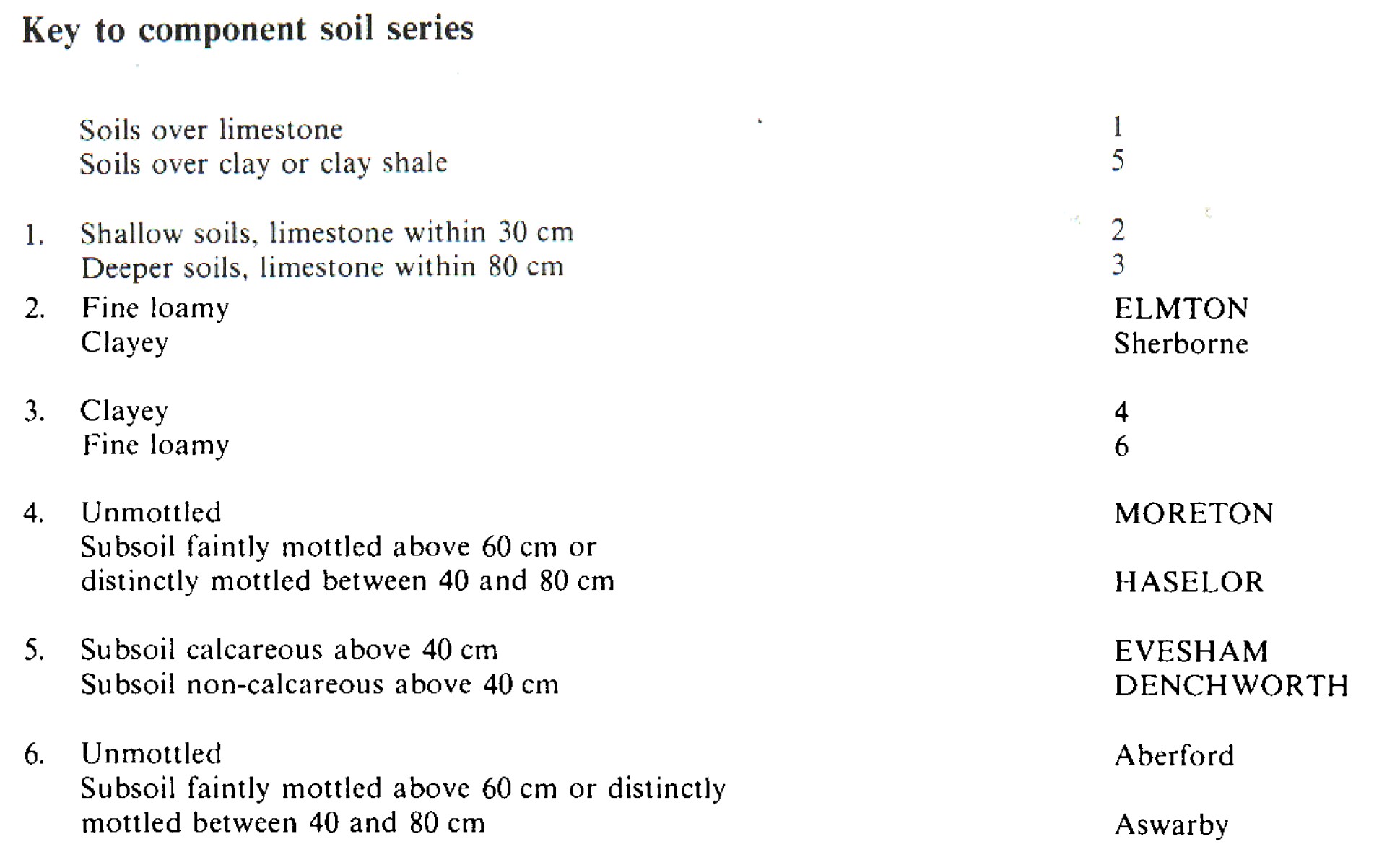 |
South Eastern Region
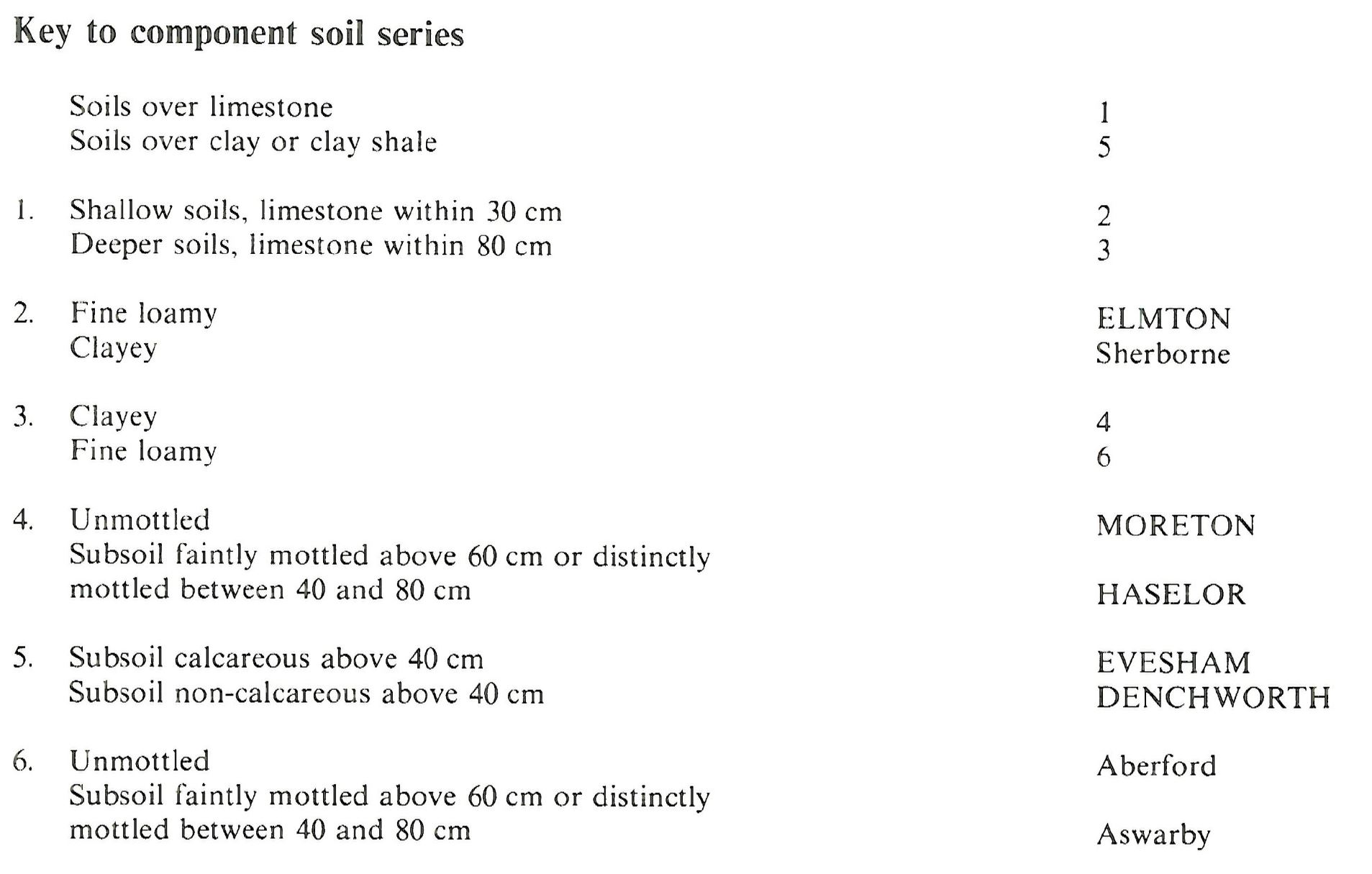 |
Typical Landscapes
Eastern Region
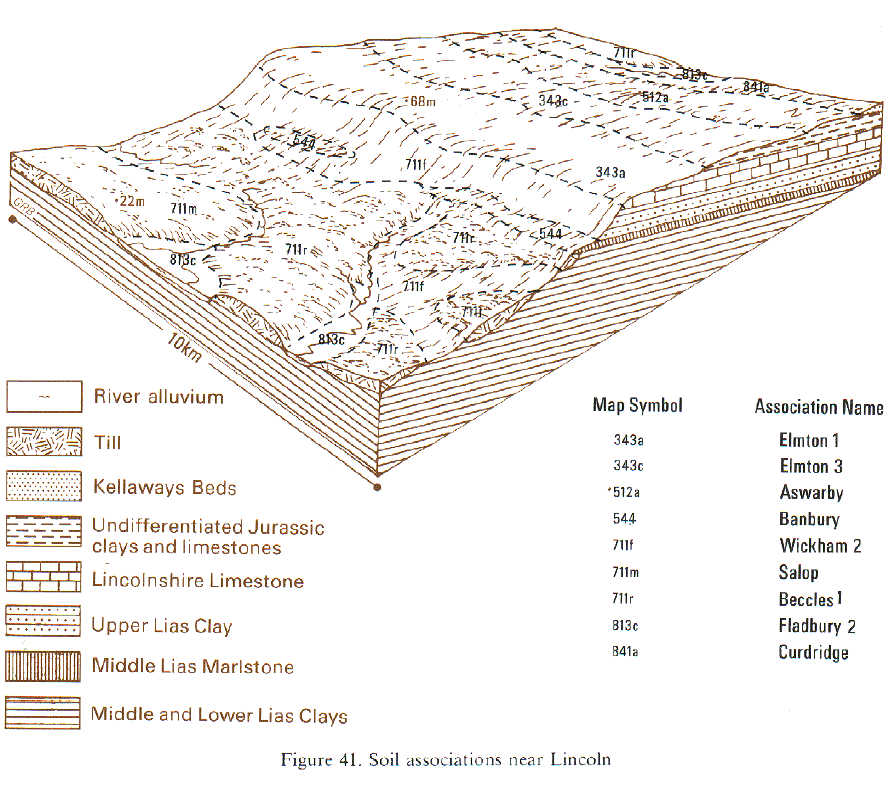 |
South Eastern Region
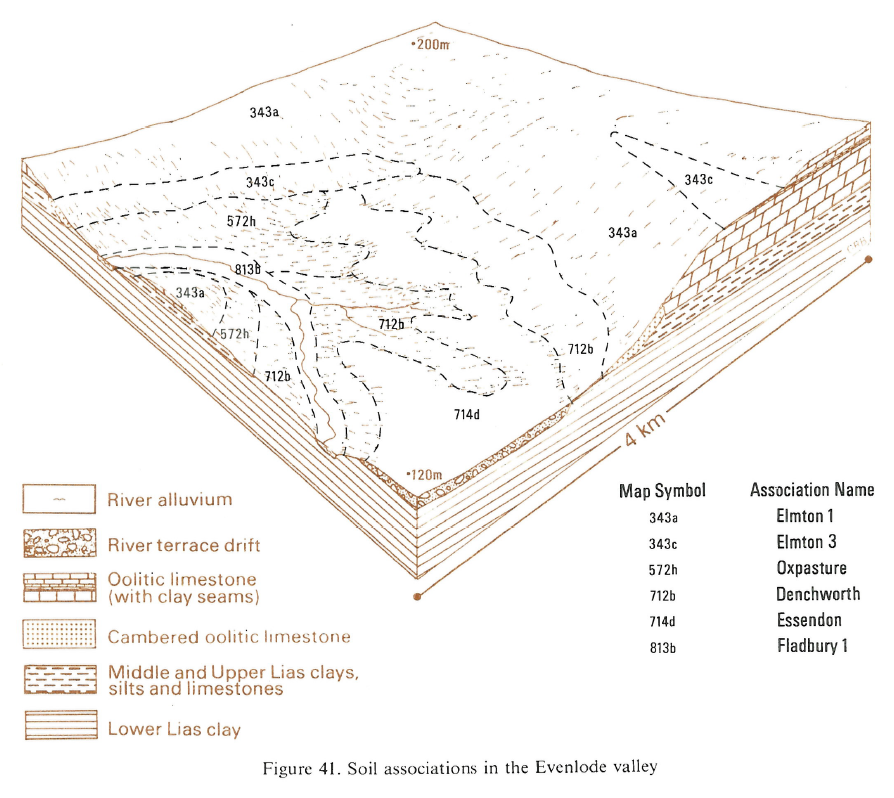 |
All information Copyright, Cranfield University © 2025
Citation: To use information from this web resource in your work, please cite this as follows:
Cranfield University 2025. The Soils Guide. Available: www.landis.org.uk. Cranfield University, UK. Last accessed 25/04/2025
